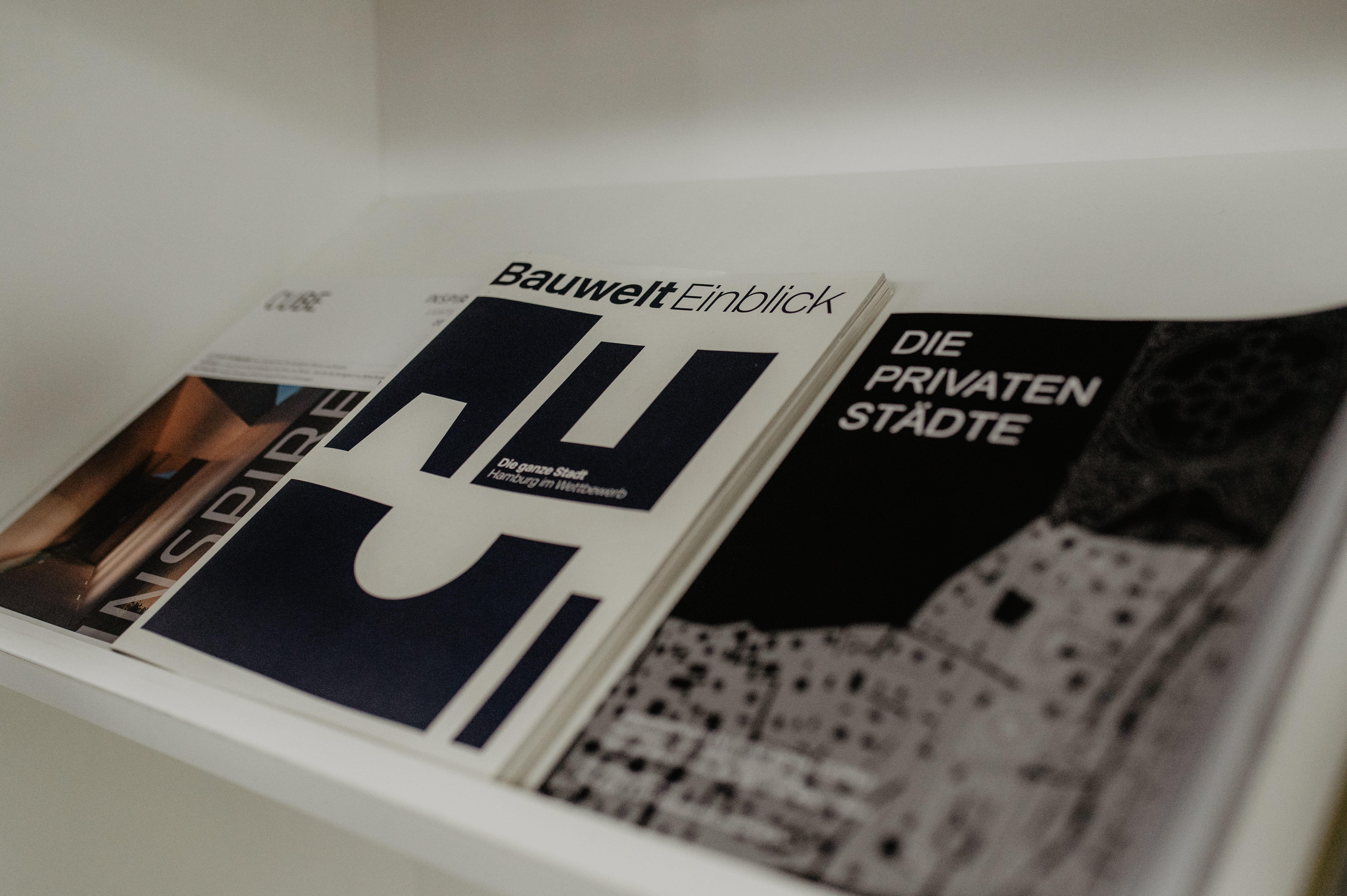Räume für Menschen,
Orte für Generationen.

meta disziplinäre Umweltgestaltung.
Unsere Ideen
werden zu
Orten, die
bleiben.

„Seit mehr als 50 Jahren stehen wir für Werte, die Bestand haben – damals wie heute.“
Wir bauen für morgen. Was wir schaffen, muss auch in Jahrzehnten relevant sein. Es geht um mehr als Gebäude – es geht um Verantwortung. Seit unserer Gründung stehen wir für klare Werte: Räume gestalten, die Menschen dienen, Ressourcen respektieren und Ideen umsetzen, die Generationen tragen. Diese Haltung leitet uns bei jedem Projekt, auch in einer Zeit, die neue Antworten verlangt. Wir hinterfragen, planen, bauen – mit Blick auf das, was zählt: Orte, die verbinden, und Werte, die bleiben.
Villa Viva Hamburg
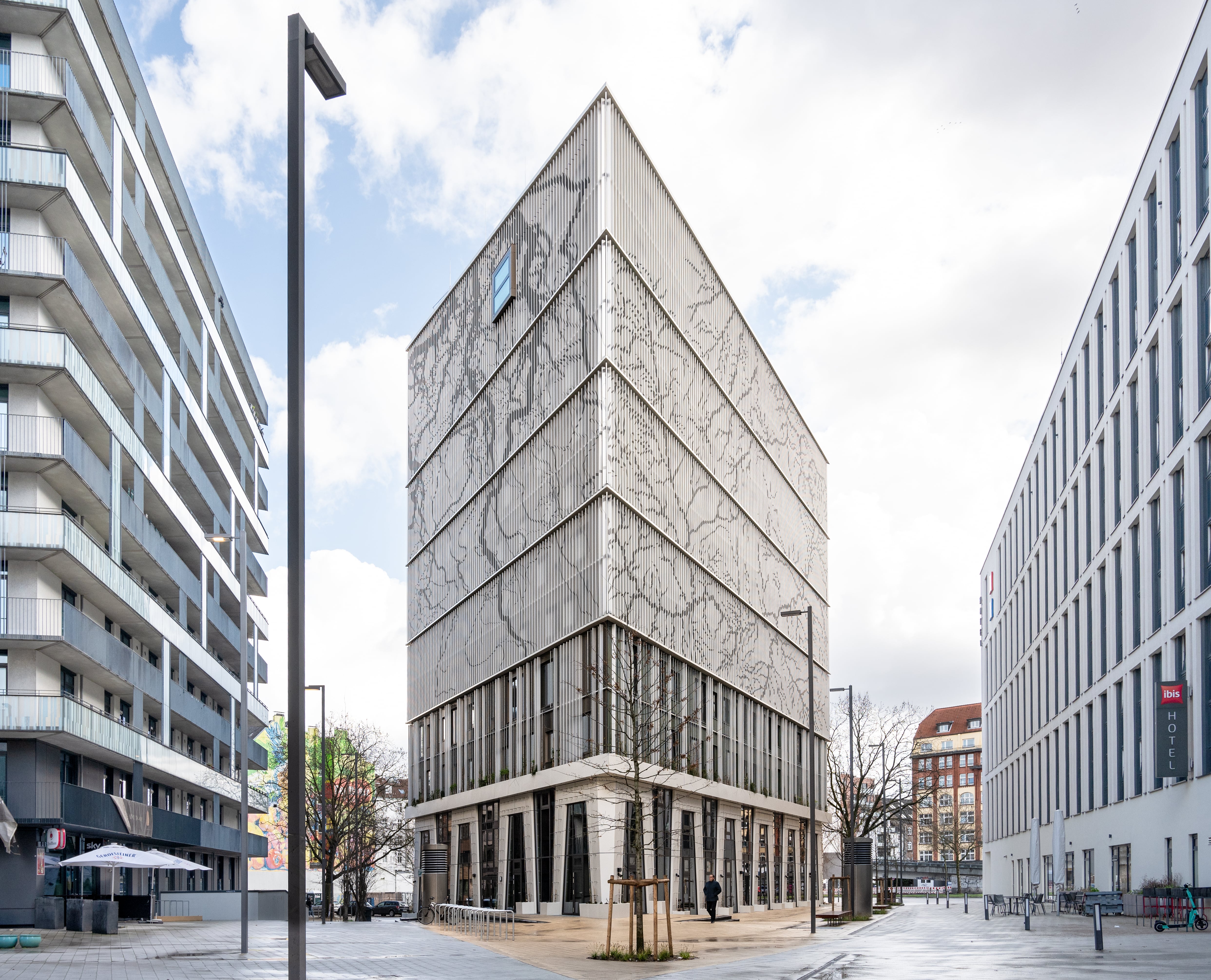
Ökologische-Nachhaltigkeit

Akademisches Kunstmuseum Bonn
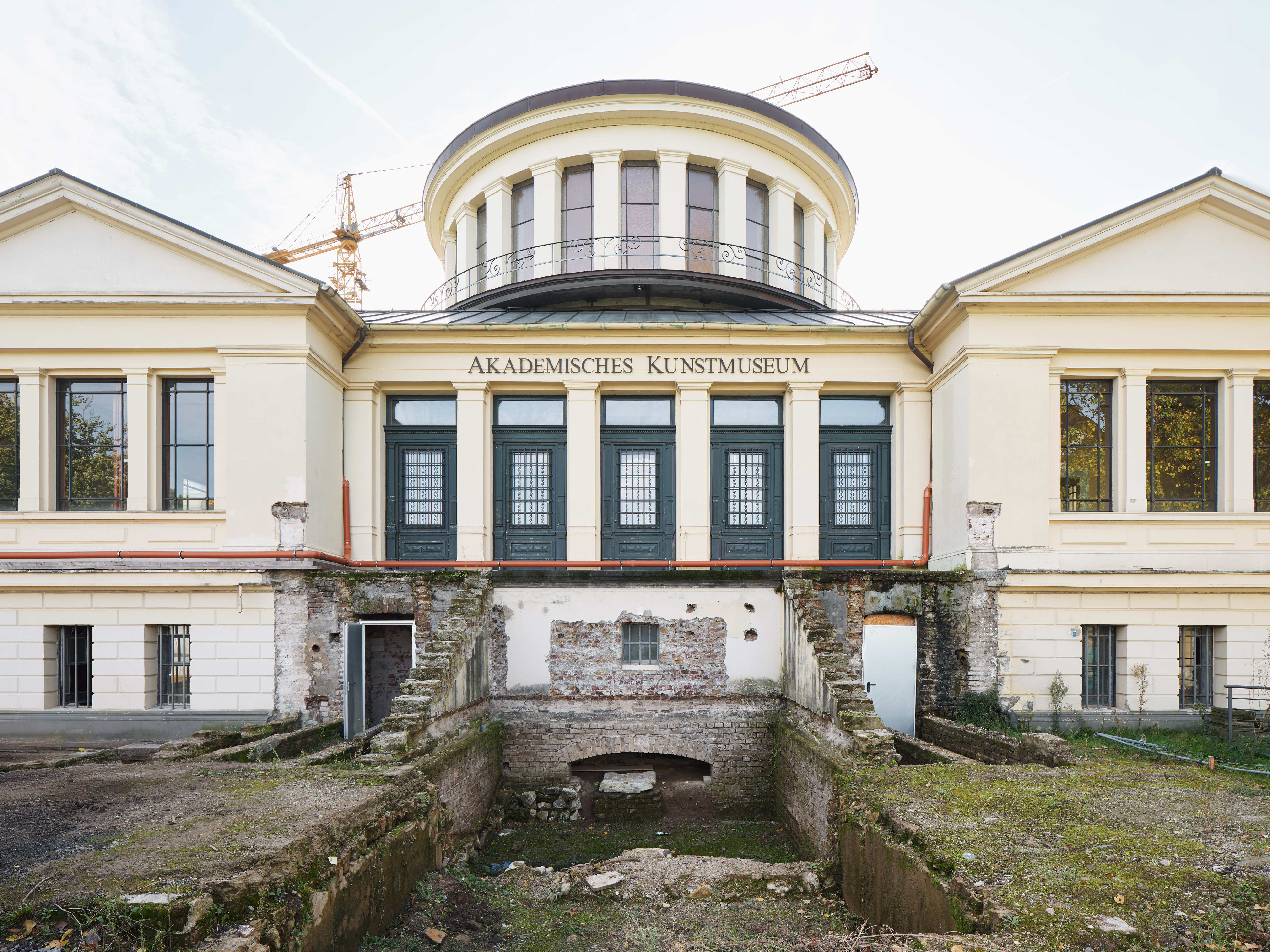
Ökonomische Nachhaltigkeit

Kirchenkreiszentrum Niendorf

Soziale Nachhaltigkeit
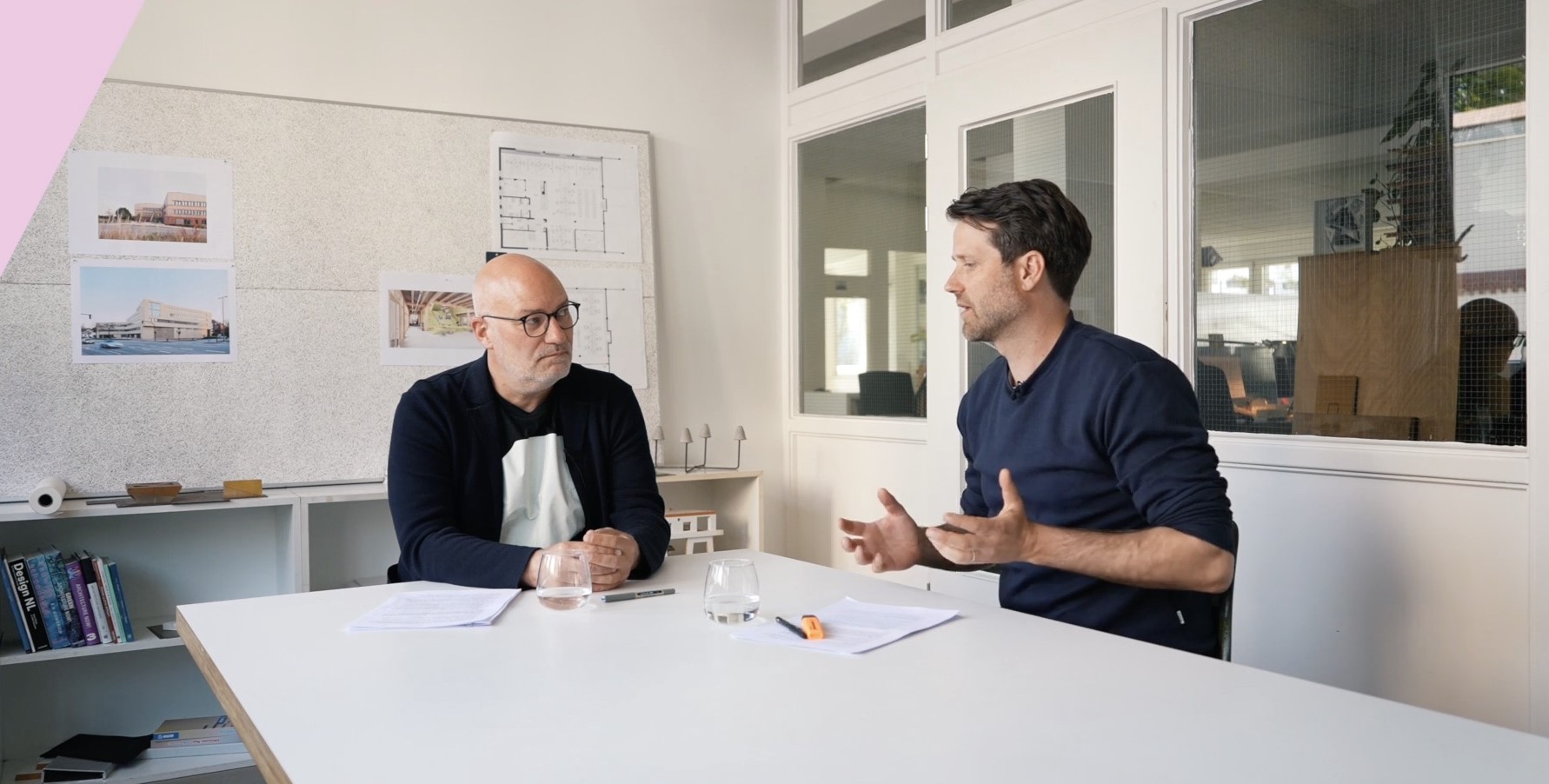
Erweiterung Filmuniversität Babelsberg
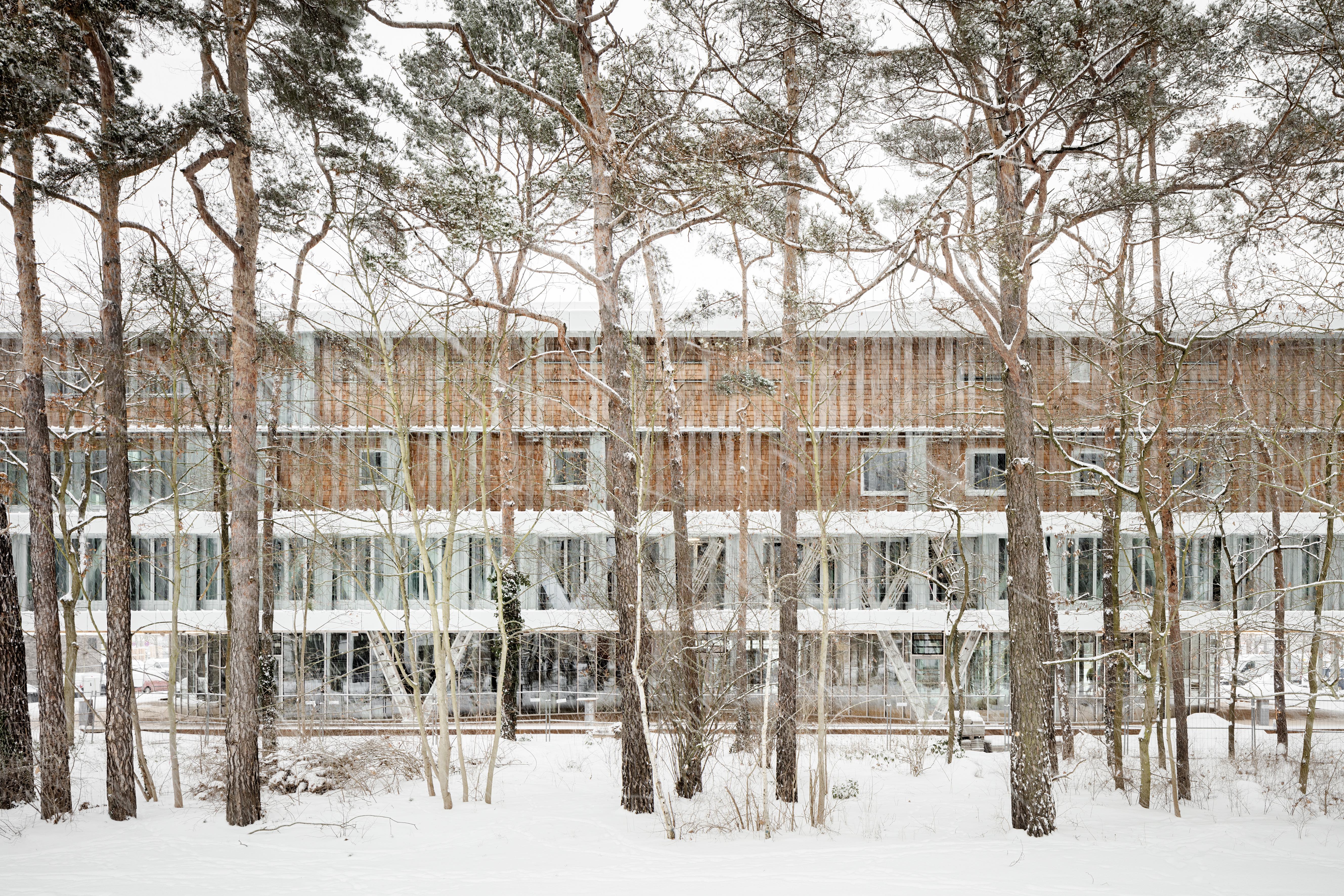
Haus der Kirche Plön-Segeberg

Kulturwerk Norderstedt

Sporthalle Erikastraße
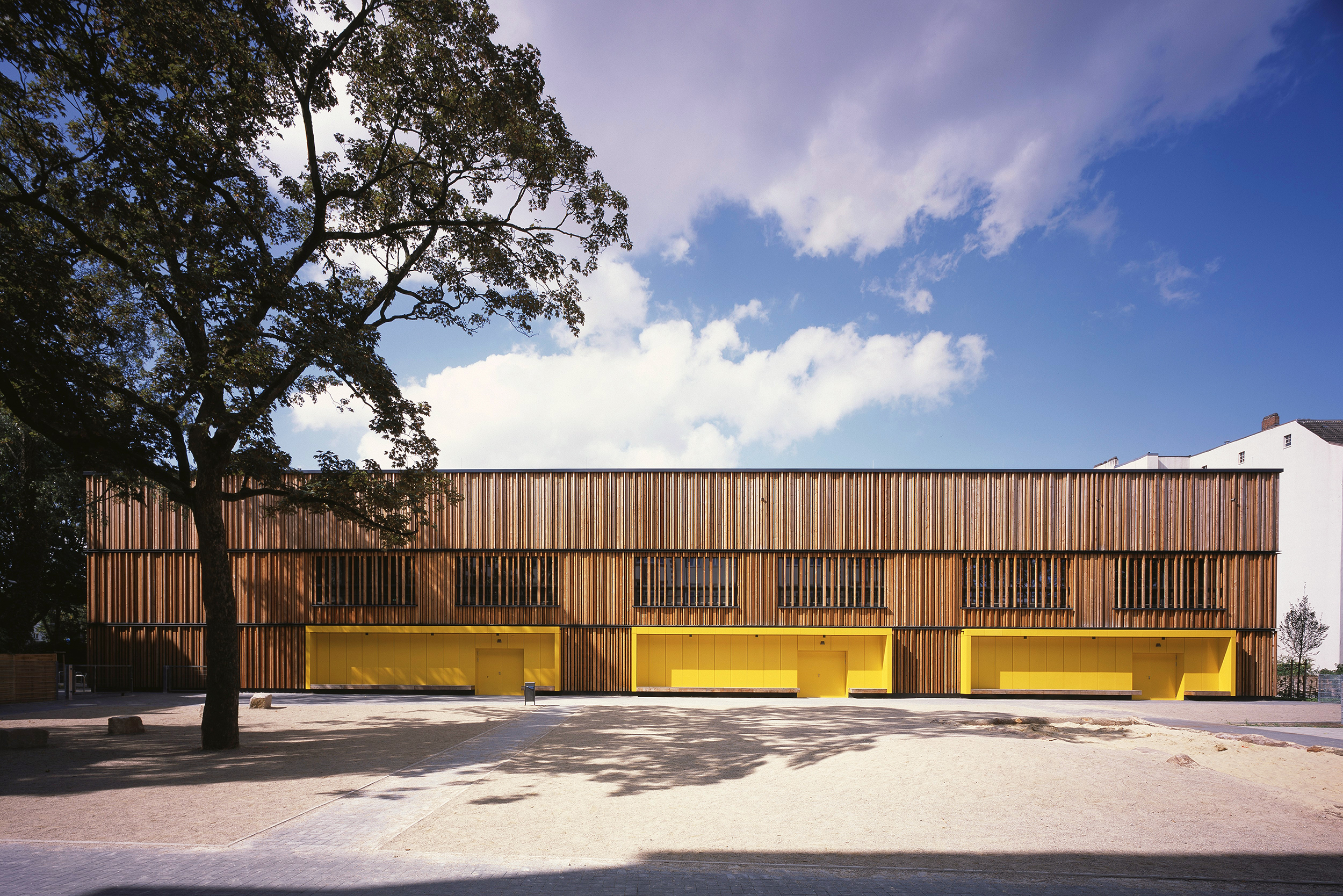
Wohnquartier am Strandweg Wedel
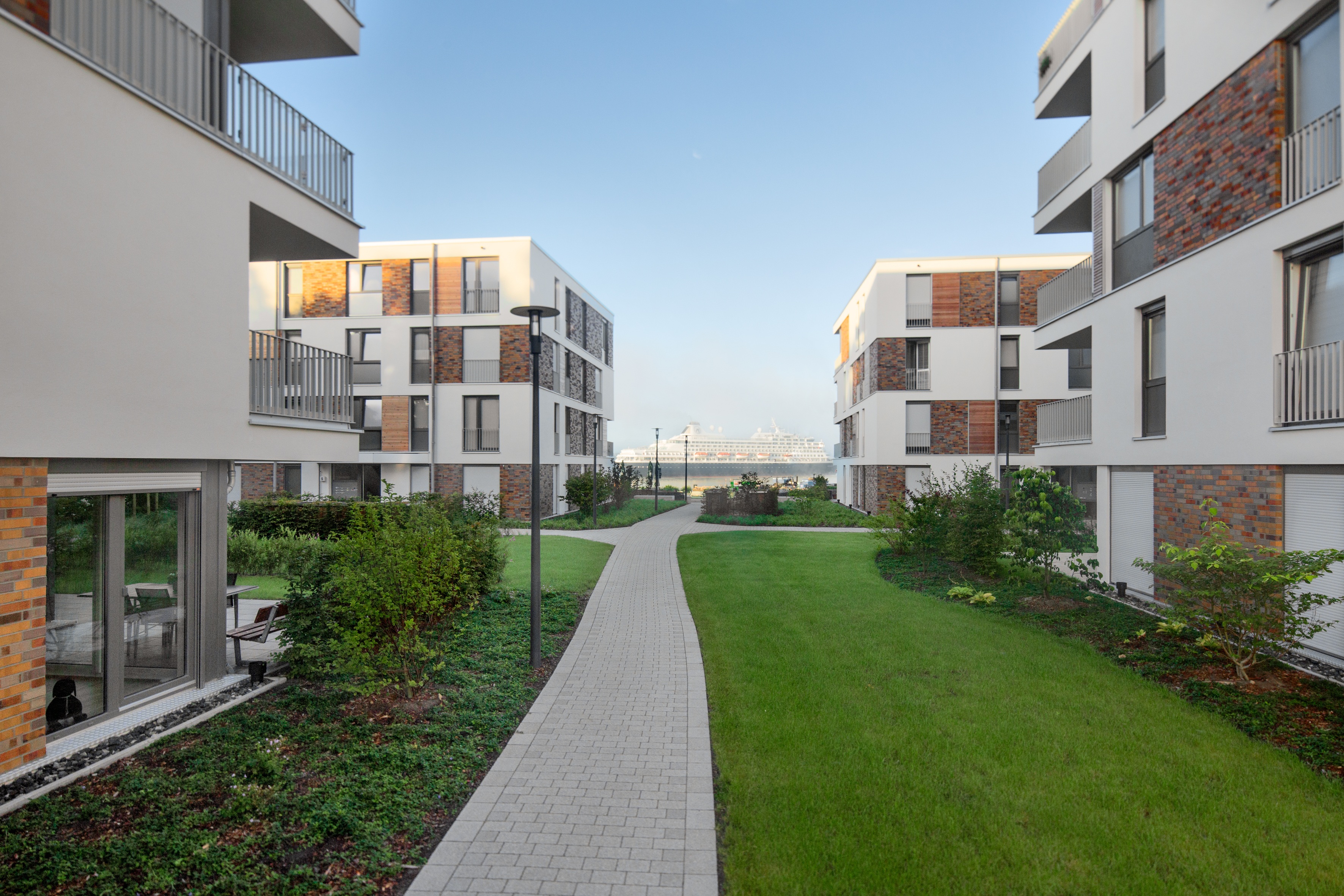
Wir geben nichts vor –
wir suchen, was zählt.
Seit fünf Jahrzehnten erfinden wir uns immer wieder neu – weil die Zeit, die Herausforderungen und unsere Projekte es verlangen. Wir entwickeln uns, wir innovieren, und wir gestalten – aber ohne jemals unsere Werte aufzugeben. Für diese kämpfen wir, wenn es sein muss, bei jedem Projekt. Wir glauben daran, dass echte Qualität nur im Team entstehen kann, wo jede Stimme zählt und jede Perspektive Raum findet. Statt Standards suchen wir nach dem, was wirklich nötig ist, was möglich ist – und was Bestand hat. So entstehen Projekte, die Haltung zeigen und Werte in Architektur übersetzen.





Reeva Al-Asaadi
Ruth Lilian Gehler
Christoph Hadasch
Uwe Hansen
Annika Hermandung
Anna Leidolt
Amelie Levin
Aylin Lundius
Christina Radtke
Julia Robben
Evelien Rodemeier
Fabian Rodriguez
Thomas Rücker
Uwe Schicker
Marina Schröder
Anna-Lina Thele
Dimitrios Traianos

Unsere Geschichte ist stark.
Unsere Zukunft braucht dich.
Wir suchen Menschen, die Architektur als Chance sehen, Werte sichtbar zu machen und Verantwortung zu übernehmen. Uns ist wichtig, dass du Lust auf Zusammenarbeit hast und bereit bist, Dinge zu hinterfragen. Jedes Projekt fordert uns heraus, neu zu denken – und genau das macht unsere Arbeit aus. Innovation ist bei uns keine Abteilung, sondern die Aufgabe jedes Einzelnen. Kreativität, Qualität und ein bewusster Umgang mit Ressourcen prägen alles, was wir tun – vom ersten Entwurf bis zum letzten Detail.
Was wir bieten:
Ein starkes Team, in dem jede Perspektive zählt.
Projekte, die Haltung zeigen und wirklich etwas bewirken.
Raum für Entwicklung und die Chance, deine Stärken einzubringen.
Verantwortung vom ersten Tag an.
Gestalte mit uns die Architektur von morgen. Wir freuen uns auf deine Ideen und deinen Blick auf die Dinge.

Ansprechperson:
Ruth Lilian Gehler
Jetzt Anfragen Werkstudent (m/w/d)
Architekt (m/w/d)
Für Orte, die
bleiben – und
Geschichten
erzählen.
Was wir schaffen, muss auch in Jahrzehnten noch relevant sein. Es muss dem Leben dienen, ohne zu belasten. Raum geben, ohne Platz zu nehmen. Lösungen finden, die wachsen können, ohne zu verschwenden.
Wir hinterfragen, was notwendig ist, bevor wir bauen – und was Bestand hat, wenn wir fertig sind. Bestand bedeutet für uns mehr als Substanz – es bedeutet Haltung. Umbauen statt abreißen. Erhalten statt verschwenden. Jede Entscheidung wird zur Verantwortung.
Unsere Gebäude erzählen Geschichten. Von Orten, die Identität stiften. Von Materialien, die Kreisläufe schließen. Von Räumen, die sich anpassen, statt sich aufzudrängen. Architektur reagiert für uns nicht nur auf den Ort, sondern auch auf die Zeit.
Medium steht seit der Gründung für meta disziplinäre Umweltgestaltung – einen Begriff, der unser Denken bis heute prägt. Architektur, Städtebau, Landschaft, Innenraum und Nutzung werden bei uns nicht getrennt gedacht, sondern als gemeinsame Aufgabe verstanden.

Architektur,
die wächst und bleibt.
Seit mehr als 50 Jahren.
Medium Architekten wurde vor über 50 Jahren in Hamburg gegründet – mit der Überzeugung, dass Architektur mehr sein muss als das Bauen von Gebäuden. Seit den 1970er Jahren gestalten wir Räume, die sich durch Haltung, Qualität und Verantwortung auszeichnen. Von Anfang an war unser Anspruch, die beste Lösung für den jeweiligen Ort, die Menschen und die Nutzung zu finden.
Heute blicken wir auf eine Geschichte voller einzigartiger Projekte zurück und schauen gleichzeitig nach vorne – immer mit der Vision, Architektur zu schaffen, die bleibt und bewegt.

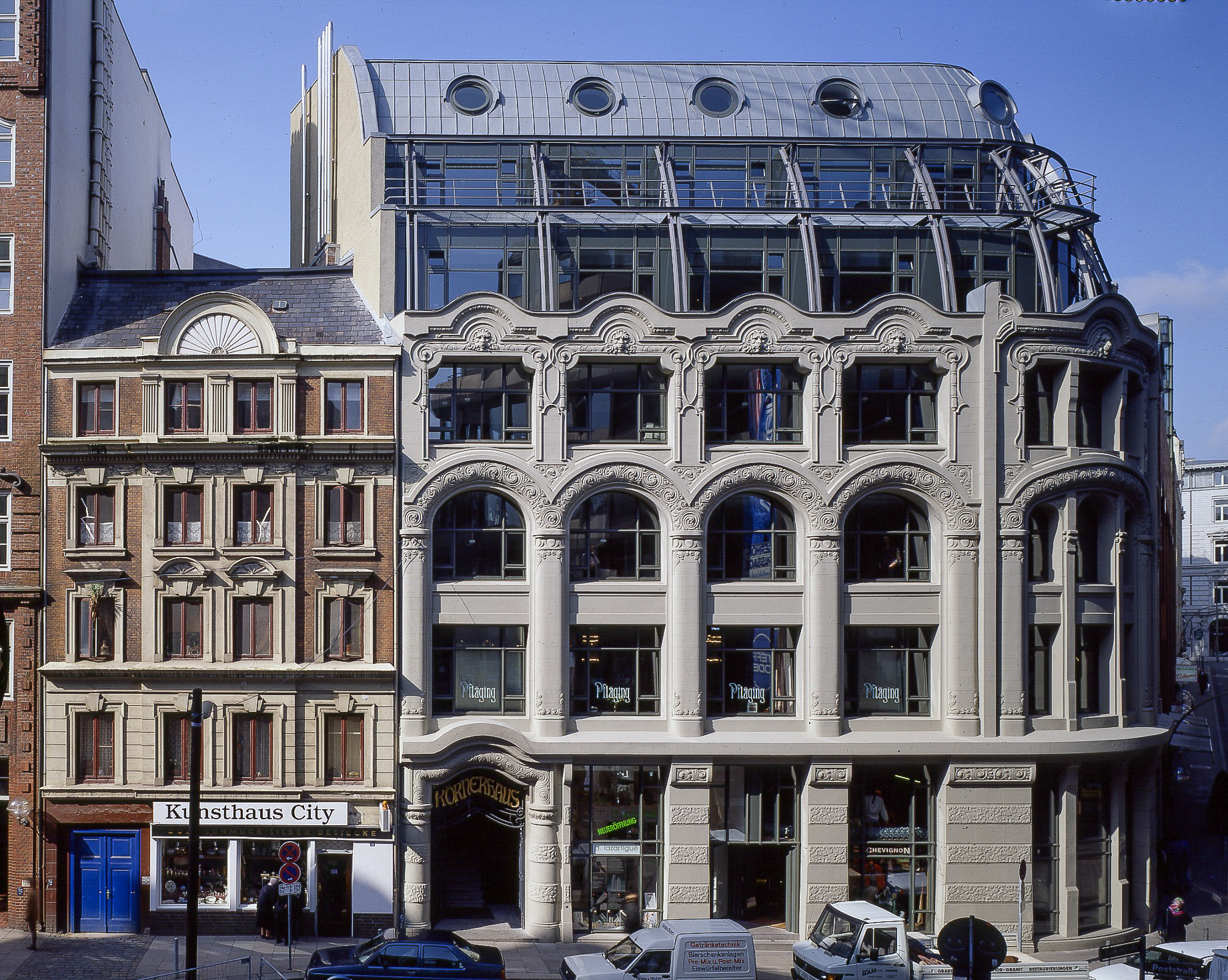

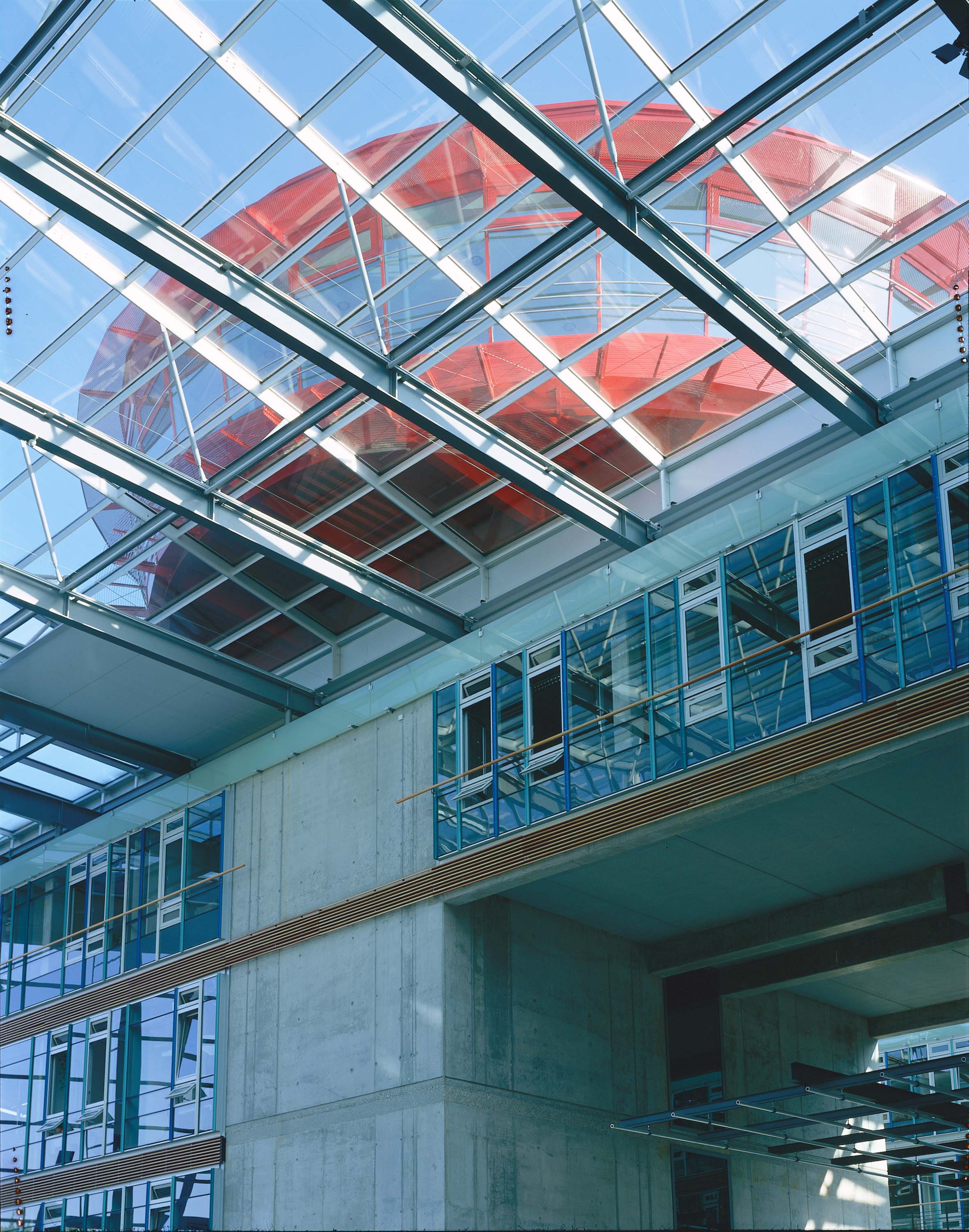
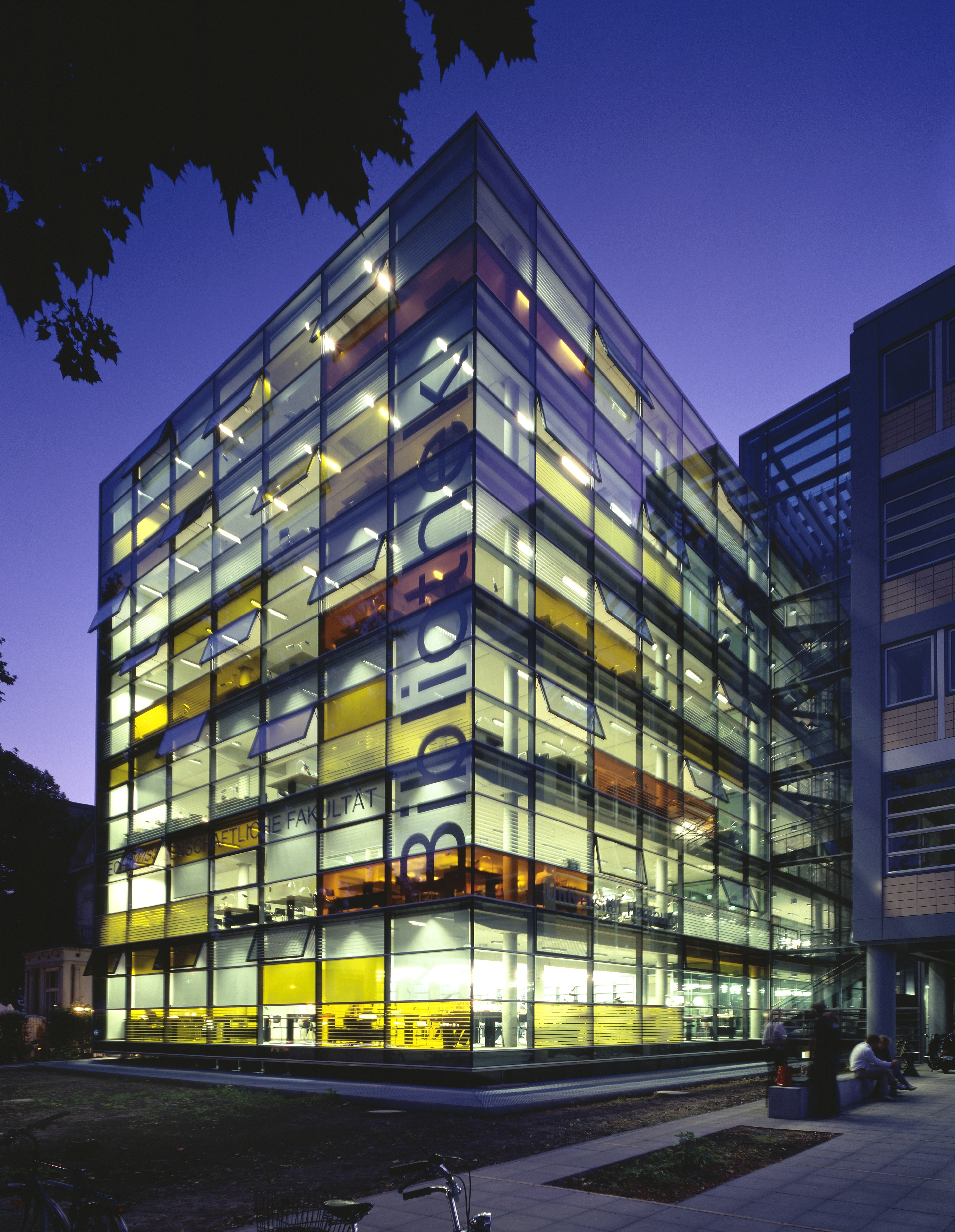
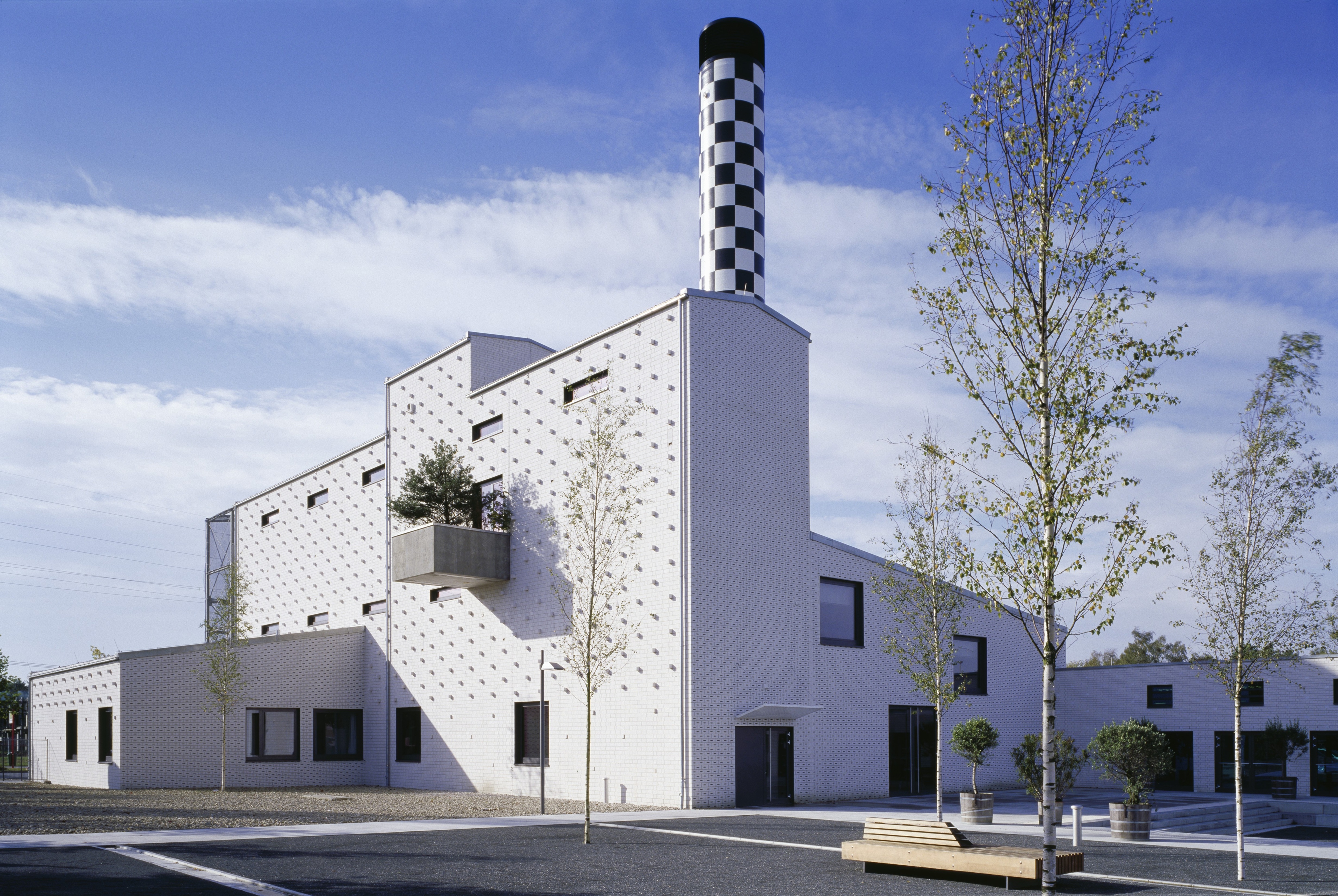




Kontakt
medium Architekten
Eppendorfer Weg 213
20253 Hamburg
T: +49 (0)40 . 420 50 24
F: +49 (0)40 . 420 90 98




